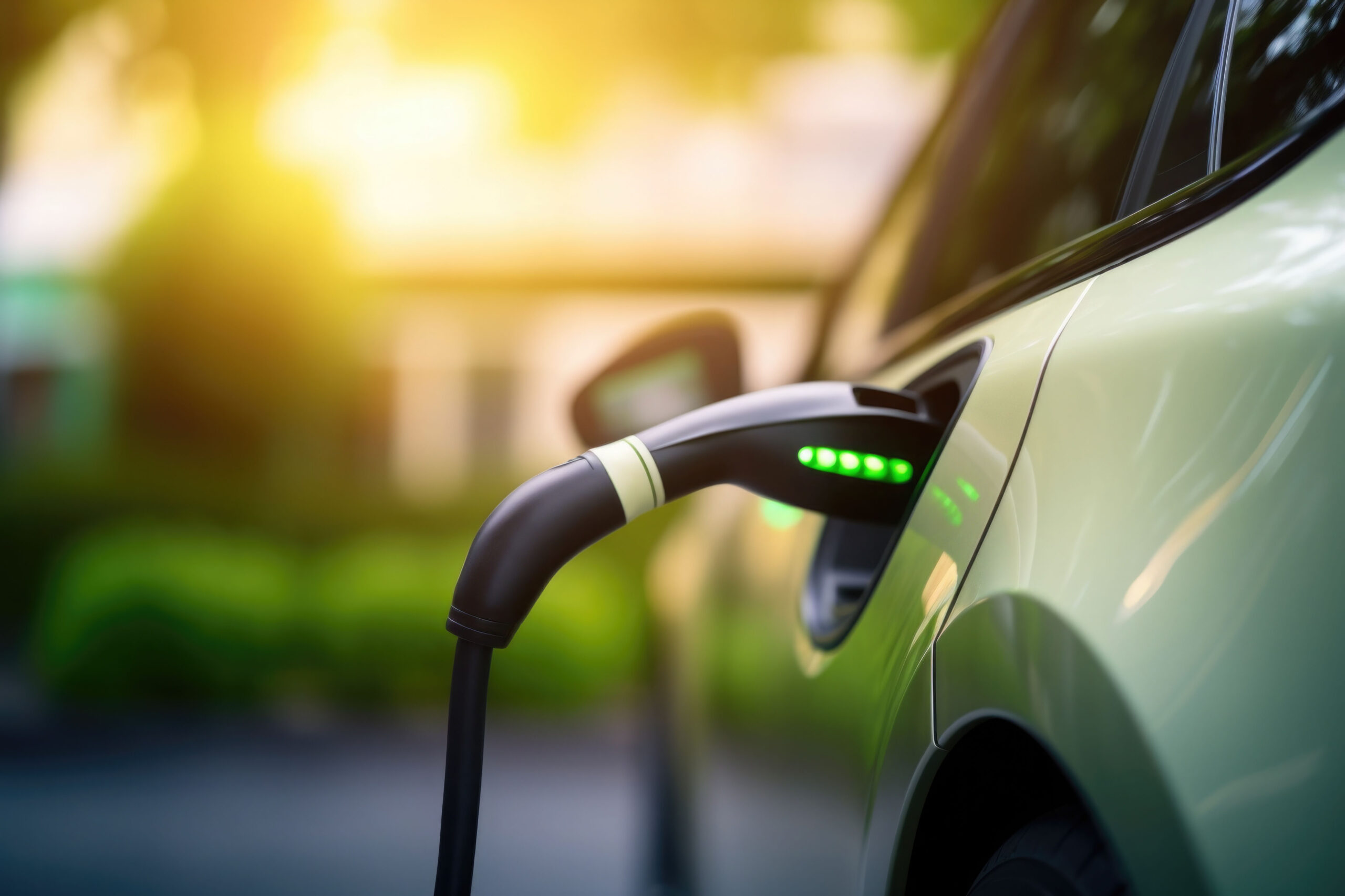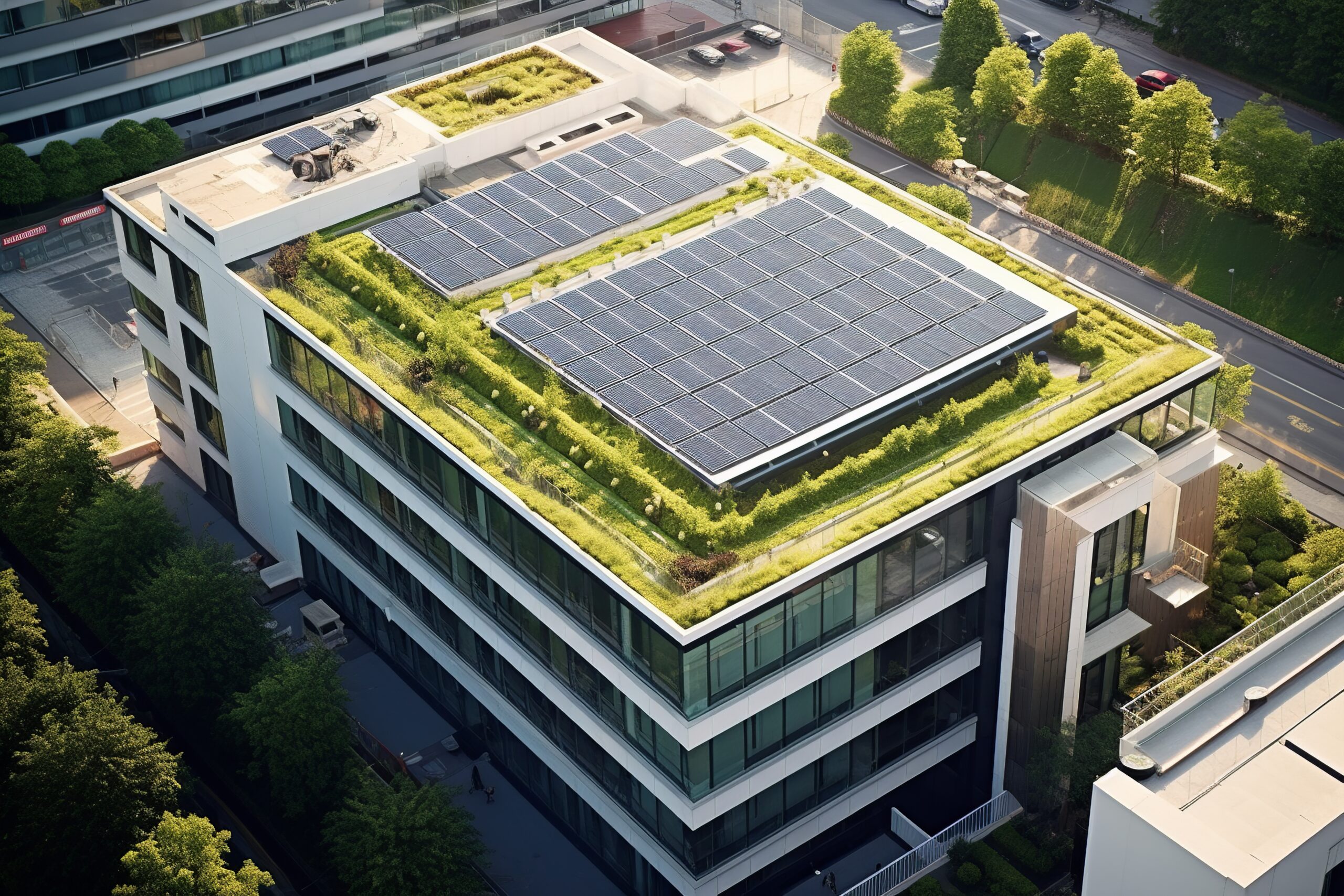
Smart grids: Intelligence at the service of the energy transition
Smart grids are constantly expanding their uses to meet the challenges of the energy transition. Smart meters, the pooling of European electricity networks, the use of drones for maintenance…intelligence should, in the coming years, trickle in at all levels of electricity networks. Here’s the story of a revolution that’s just around the corner.
Transforming individuals into real players in their own consumption is one of the main challenges of smart grids, the “intelligent” networks that are weaving their web to support the energy transition. Thanks to smart meters and other connected equipment, everyone will be able to choose when to turn on their oven, water heater, or washing machine. All this while benefiting from a much finer price modulation than the current off-peak/peak tariffs! As for the inhabitants of positive energy houses, they will have the choice of selling their surplus power to the general network, exchanging it with their neighbors, or storing it in batteries located at home or in the neighborhood. This intelligent energy management at the housing level will be extended to the next level, that of buildings, neighborhoods, and cities, which will be able to control public lighting, the heating of community facilities, or the recharging of electric vehicles.
A tool to balance energy sources
At the national level, smart grids will help ensure the most carbon-free energy mix possible, at the lowest cost. Intelligence will be essential to combine highly inert energies, such as nuclear power, with green energies, such as wind power and photovoltaics, which are subject to the quirks of the weather, in real time. At the same time, new rules of the game will undoubtedly be necessary. The challenge is to ensure that all stakeholders – energy producers, local authorities, companies – play the same game. This challenge will make sense when it comes to dealing with certain delicate phases: Winter energy consumption peaks, for example, or gale force winds triggering a sudden increase in wind power production. Some producers could then be asked to moderate their production, and factories to limit their consumption.
Europe at the time of the smart grid
This “smartification” will also be played out on a European scale. From Sweden to Spain, via Germany and France, the national grids are already largely interconnected. “The European Commission would like to go further, even to a form of mutualization, believing that it would promote global optimization,” says Michel Béna, Deputy Director of R&D at RTE. In fact, the more the network is extended, the easier it becomes to balance production and consumption thanks to the strengths of each of them: Norway’s excess hydraulic energy, the production security of French nuclear power, the abundant Spanish wind power…
Soon 30 million electric vehicles
At the same time, the electricity network will have to adapt to the growth of electric vehicles. At the moment limited to 1% of the French car fleet[1], a level largely supported by the network, the electric car will see its sales explode in the years to come. The European Union has set the number of vehicles at 30 million by 2030! This increase in power need could result in a sharp rise in daytime charging at peak times at high-powered charging stations, as users want to “fill up” as quickly as possible. This will put stress on the network. Here again, the solution lies in intelligent systems capable of controlling charging while considering the constraints of the network and the expectations of motorists in terms of cost and time. It is also envisaged that the batteries of electric vehicles could be used in the event of a peak in consumption. Their primary function would be to store electricity, but they could also be used to supply the grid from time to time to balance supply and demand.
Maintenance by drones
Another player could enter the scene: The drone. Already used to facilitate the detection of malfunctions on the aerial network, drones could see their use become commonplace for the smart grids of the future. Experiments are underway to have the images they collect analyzed by artificial intelligence devices. “Viewing hundreds of photos for hours on end in search of a damaged cable or pylon can quickly become daunting for human operators, says Yves Barlier, Director of Smart Grids at Enedis. We are experimenting with applications that can detect them automatically. The first results are encouraging, but we will wait until the reliability exceeds 80% before making them operational.” Thanks to this meticulous maintenance, smart grids will be able to fully meet the objectives of the energy transition.
[1] https://www.tf1info.fr/environnement-ecologie/le-parc-automobile-francais-compte-t-il-aujourd-hui-1-de-vehicules-electriques-comme-l-affirme-jean-baptiste-djebbari-2199327.html (in French)

